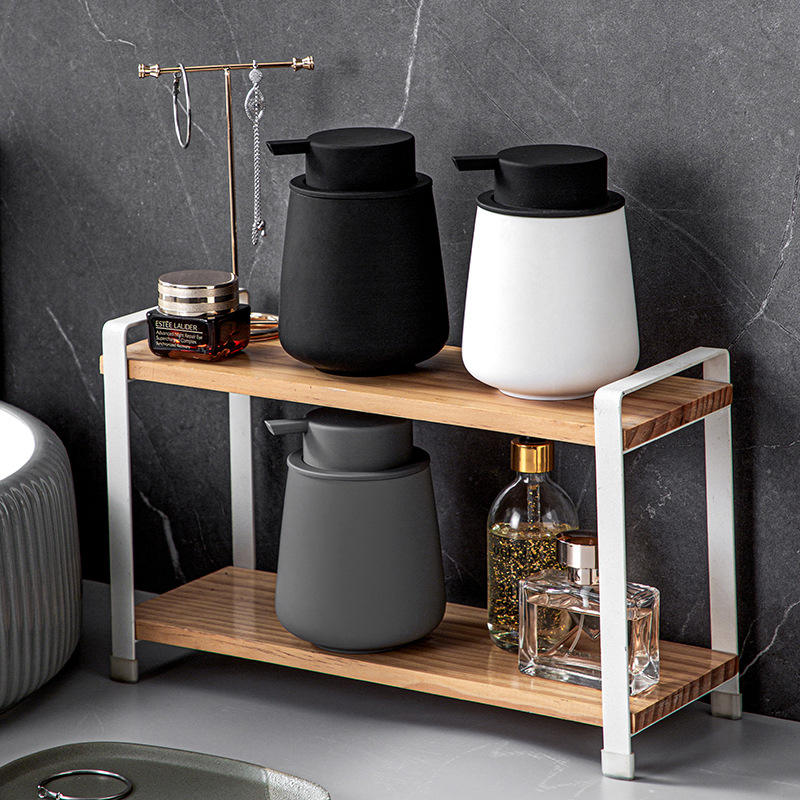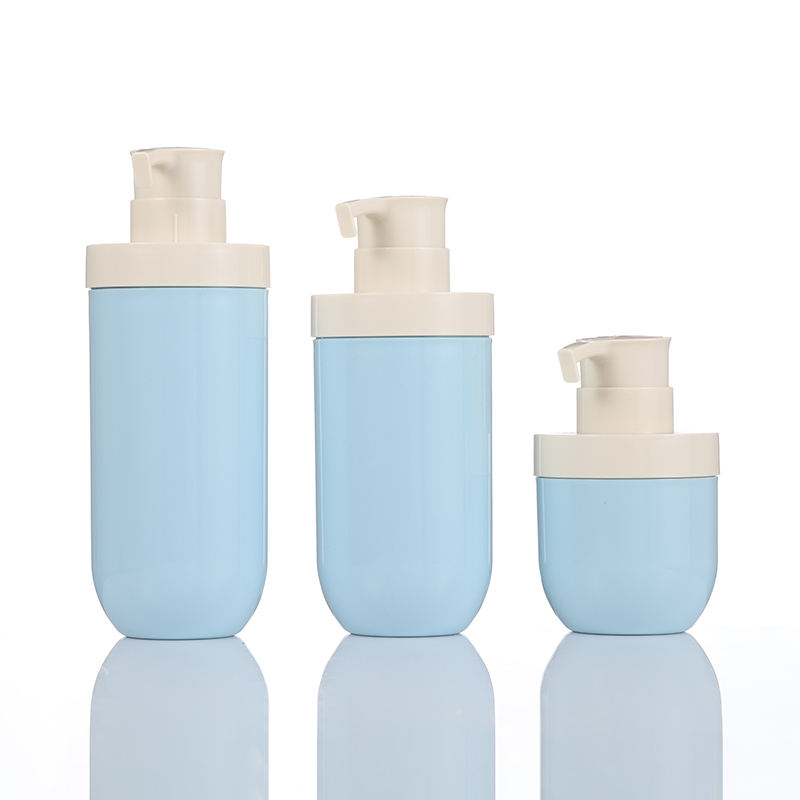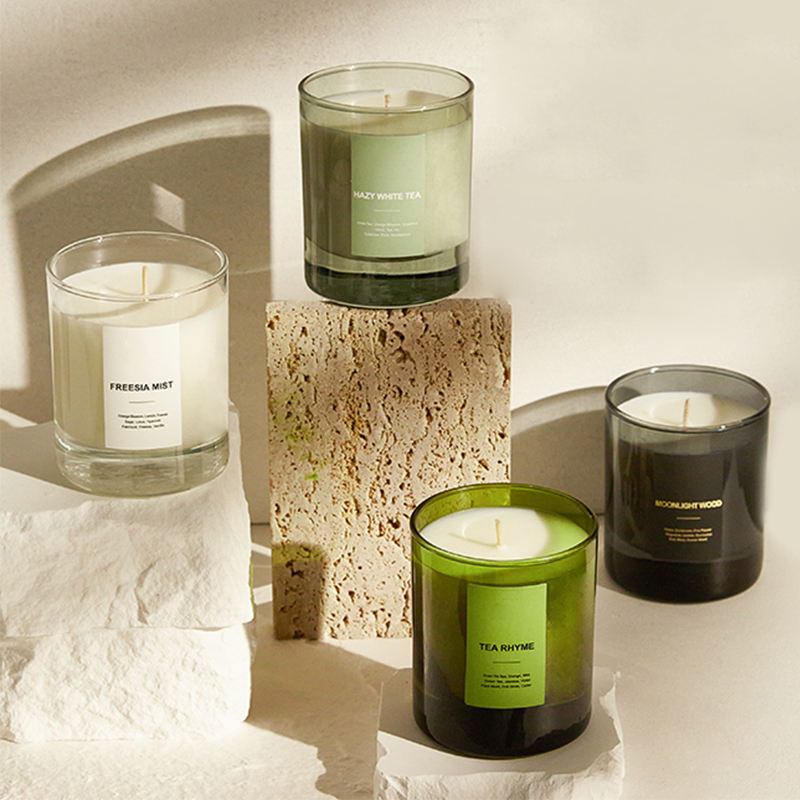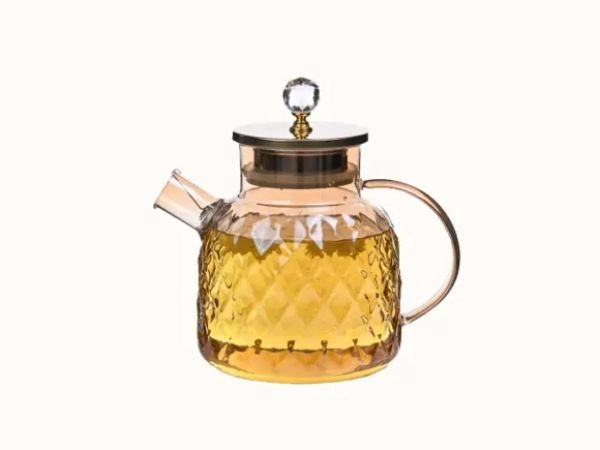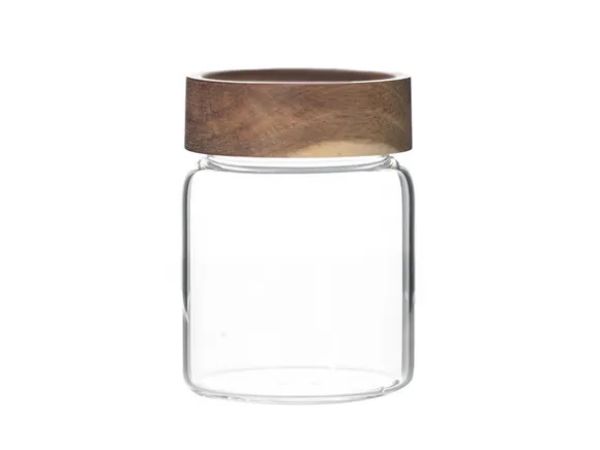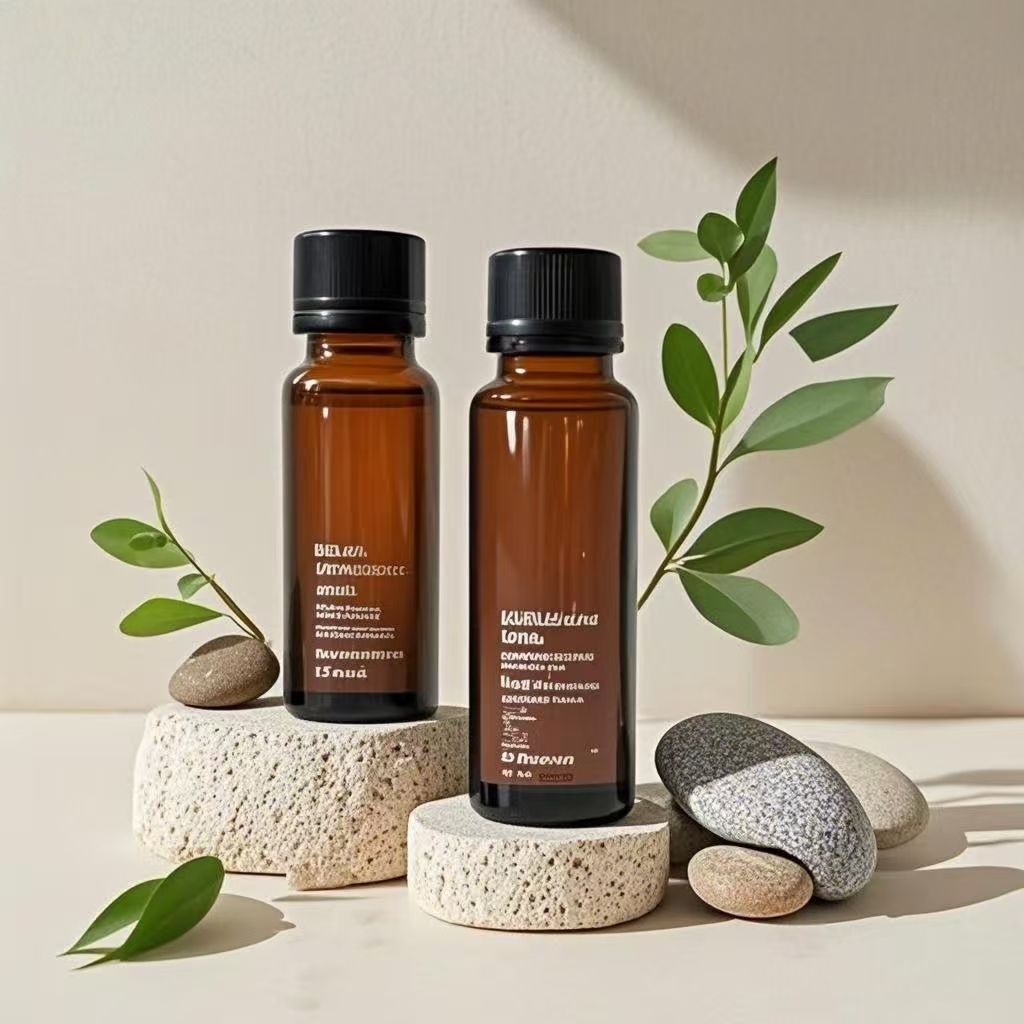The global essential oil market is booming, projected to reach $27.8 billion by 2028—driven by growing consumer demand for natural wellness products. For brands in this space, success isn’t just about the quality of the oils; it starts with the container that holds them. A shoddy bottle can ruin a premium oil’s reputation, while a well-designed one—paired with personalized packaging—turns a simple product into a memorable brand experience.
But here’s the challenge: with countless options online, how do you find a wholesale essential oil bottle factory that delivers consistency, a roll-on bottles wholesale supplier that meets bulk demands, and a partner that can bring your personalized packaging vision to life? This guide cuts through the noise, breaking down the critical factors to consider, common pitfalls to avoid, and how to align your packaging choices with SEO and brand growth goals.
1. Why Your Choice of Wholesale Essential Oil Bottle Factory Makes or Breaks Your Brand
When you’re scaling an essential oil brand, cutting corners on packaging is a mistake that costs more in the long run. A reputable wholesale essential oil bottle factory isn’t just a vendor—it’s a cornerstone of your supply chain. Here’s why this decision matters more than you think:
Consistency Equals Credibility
Essential oils are sensitive to light, heat, and air. A factory that uses low-quality glass or inconsistent manufacturing processes can produce bottles with thin walls (prone to breaking), ill-fitting caps (causing leaks), or improper UV protection (degrading the oil’s potency). Imagine a customer who buys your lavender oil twice: the first bottle is sturdy with a tight seal, the second leaks in their bag. That inconsistency erodes trust—and 78% of consumers say they’ll stop buying from brands with inconsistent product quality, according to a 2024 Consumer Trust Report.
A reliable factory adheres to strict quality control (QC) standards. Look for facilities that conduct batch testing: checking for glass thickness, cap torque (to ensure seals), and compatibility with essential oils (some plastics can react with citrus or aromatic compounds). For example, a factory specializing in aromatherapy packaging will know to use amber or cobalt blue glass for UV protection, rather than clear glass that exposes oils to light damage.
Cost Efficiency for Scaling
Bulk ordering from a dedicated wholesale essential oil bottle factory eliminates the markup of middlemen. While small suppliers might offer lower minimum order quantities (MOQs), a factory can often reduce per-unit costs by 15–30% for orders over 10,000 units. This is critical for growing brands: saving on packaging frees up budget for marketing, product development, or expanding your oil lineup.
But cost efficiency doesn’t mean sacrificing quality. The best factories balance affordability with durability. For instance, some factories offer recycled amber glass options that are eco-friendly and cost-effective—appealing to the 65% of essential oil buyers who prioritize sustainable packaging (per a 2023 Aromatherapy Trends Survey).
2. How to Vet a Roll-On Bottles Wholesale Supplier: 5 Non-Negotiable Criteria
Roll-on bottles are the workhorse of the essential oil industry—perfect for topical use, travel-friendly, and popular among customers. But not all roll-on bottles wholesale supplier options are created equal. Whether you’re selling single-blend roll-ons or custom kits, use these criteria to find a supplier that aligns with your brand’s needs:
1. Material Compatibility with Essential Oils
Roll-on bottles have two key components: the bottle itself and the roller ball. The wrong materials can ruin your product. For the bottle, avoid low-grade plastics like PET, which can leach chemicals into oils (especially potent ones like tea tree or peppermint). Opt for suppliers that offer:
-
Glass roll-ons: Amber or frosted glass for UV protection, compatible with all oil types.
-
HDPE plastic: Food-grade, BPA-free, and resistant to oil degradation (ideal for budget-friendly lines).
For roller balls, stainless steel is the gold standard—it’s non-reactive, smooth-gliding, and durable. Avoid plastic or ceramic balls: plastic can wear down over time, while ceramic may absorb oil residues, affecting scent purity. A quality supplier will clearly list material specs and even provide compatibility charts for different oil blends.
2. MOQs That Match Your Growth Stage
New brands don’t need 50,000 roll-ons upfront, while established brands need suppliers that can handle 100,000+ units without delays. The best roll-on bottles wholesale supplier options offer flexible MOQs:
-
Startups: Look for suppliers with MOQs of 500–1,000 units to test market demand.
-
Scaling brands: Suppliers with MOQs of 5,000–10,000 units, with volume discounts for larger orders.
-
Enterprise brands: Factories that can fulfill 50,000+ units monthly, with dedicated account managers to track orders.
Avoid suppliers that force you into oversized MOQs—this ties up inventory and cash flow. A good supplier will work with your growth trajectory, not against it.
3. Customization Capabilities (Beyond Just Logos)
Roll-on bottles are a blank canvas for branding—but only if your supplier offers true customization. Basic printing (like a logo on the bottle) is table stakes; the best suppliers go further:
-
Color matching: Match the bottle or cap to your brand’s Pantone color (critical for visual consistency across your product line).
-
Texture options: Matte finishes, frosted glass, or metallic caps to add tactile appeal (customers remember products they can “feel”).
-
Functional customizations: Leak-proof caps for travel, tamper-evident seals for safety, or dual-chamber bottles for pre-mixed and carrier oils.
For example, a supplier that offers silk-screen printing (more durable than labels) and embossed logos (adds a premium touch) will help your roll-ons stand out on store shelves or online listings.
4. Lead Times and Supply Chain Reliability
Nothing kills momentum like delayed packaging. A reliable roll-on bottles wholesale supplier provides clear lead times (e.g., 10–14 days for standard orders, 3–4 weeks for custom) and sticks to them. Ask about their supply chain: do they source materials locally, or rely on international imports? Local sourcing often means shorter lead times and fewer delays from shipping or customs.
Also, inquire about backup plans. What happens if a material is out of stock? A good supplier will have alternative materials on hand or can pivot quickly to avoid disrupting your timeline. For example, if stainless steel roller balls are delayed, they might offer titanium-coated balls as a comparable substitute—keeping your production on track.
5. Customer Reviews and Case Studies
Don’t take a supplier’s word for it—check their track record. Look for reviews from other essential oil brands (not just general packaging buyers) to see if they deliver on promises. Platforms like Google My Business, Alibaba, or industry forums (like the National Association for Holistic Aromatherapy) are great places to find unbiased feedback.
Case studies are even better. A supplier that shares success stories—e.g., “We helped Brand X reduce roll-on bottle costs by 25% while improving durability”—demonstrates they understand the unique needs of the essential oil market. If a supplier can’t provide references or case studies, it’s a red flag.
3. Personalized Essential Oil Packaging: The Secret to Brand Differentiation
In a market flooded with essential oil brands, generic packaging won’t cut it. Personalized essential oil packaging is what turns first-time buyers into repeat customers—and it’s a powerful SEO tool, too. Here’s how to leverage custom packaging to boost brand identity and search visibility:
Personalization That Tells Your Brand Story
Your packaging should answer: Who is your brand, and what do you stand for? For example:
-
If you’re an eco-friendly brand: Use recycled paper boxes, soy-based inks, and a “Tree Planted for Every Order” sticker on your packaging. Add a handwritten note (or a custom-printed message) explaining your sustainability mission—this connects emotionally with eco-conscious buyers.
-
If you’re a luxury brand: Opt for rigid gift boxes with foil stamping, tissue paper in your brand color, and a velvet pouch for the bottle. Include a small booklet about the oil’s origin (e.g., “Our lavender is sourced from Provence, France”) to reinforce premium quality.
-
If you’re a wellness-focused brand: Use minimalist packaging with soft pastels, and add a QR code on the box that links to a guided meditation using your oil. This turns packaging into an extension of the product’s benefit.
Personalization doesn’t have to be expensive. Even small touches—like custom labels with a unique font or a sticker with your brand’s tagline—can make your product memorable.
How Personalized Packaging Boosts SEO and Sales
Google’s algorithm prioritizes user engagement: the more customers interact with your brand (visiting your site, sharing your products, leaving reviews), the higher you’ll rank. Personalized essential oil packaging drives this engagement in two key ways:
-
Social Media Shareability: Customers love posting aesthetic, personalized products on Instagram, Pinterest, or TikTok. A roll-on bottle with a custom pattern or a gift set in a branded box is far more likely to be shared than a generic bottle. Each share drives traffic to your site—and social signals are a minor but impactful SEO factor.
-
Brand Search Volume: When customers remember your packaging, they’ll search for your brand by name (e.g., “Luminary Aromas roll-on lavender”) instead of generic terms (e.g., “lavender roll-on bottle”). Branded searches have higher conversion rates (customers are already interested in your brand) and signal to Google that your brand is authoritative—boosting your rankings for both branded and non-branded keywords.
For example, a brand that uses personalized packaging with a unique design (say, hand-drawn botanical illustrations) might see an increase in “custom botanical essential oil bottles” searches—helping them rank for long-tail keywords that competitors overlook.
4. Synergizing Factory, Supplier, and Packaging: A Step-by-Step Guide
The best results come from aligning your wholesale essential oil bottle factory, roll-on bottles wholesale supplier, and personalized essential oil packaging strategy. Here’s how to create a cohesive process:
Step 1: Define Your Brand Goals and Budget
Before reaching out to suppliers, clarify:
-
Product line: Will you sell 10ml roll-ons, 100ml bulk bottles, or gift sets? This determines the type of factory/supplier you need.
-
Packaging vision: Do you want glass or plastic? Custom colors or standard options? Eco-friendly materials?
-
Budget: How much can you spend per unit on bottles vs. packaging? Allocate 15–20% of your product cost to packaging—this ensures quality without overspending.
For example, if your goal is to launch a luxury roll-on line, your budget might prioritize a glass bottle factory, a stainless steel roll-on supplier, and rigid custom boxes. If you’re targeting budget-conscious buyers, an HDPE plastic roll-on supplier and simple custom labels might be better.
Step 2: Source 3–5 Factory/Supplier Candidates
Use these channels to find potential partners:
-
Industry Trade Shows: Events like the Natural Products Expo or SupplySide West let you meet factories and suppliers in person, inspect samples, and ask questions.
-
B2B Platforms: Alibaba (filter for “verified suppliers” with gold badges) or Thomasnet (great for U.S.-based factories) are reliable for finding wholesale partners.
-
Referrals: Ask other essential oil brand owners for recommendations—word-of-mouth is often the best way to find trustworthy suppliers.
Narrow your list to 3–5 candidates, then request samples of their bottles/roll-ons and packaging. This is non-negotiable: you need to touch, feel, and test the products before committing.
Step 3: Test Samples Rigorously
Once you receive samples, test them for:
-
Durability: Drop a glass bottle from waist height (simulating shipping) to see if it breaks. Twist the roll-on cap 10 times to check for wear.
-
Compatibility: Fill a sample bottle with your most potent oil (e.g., citrus) and let it sit for 2 weeks. Check for leaks, discoloration, or a change in scent—signs the material is reacting with the oil.
-
Print Quality: If you requested custom labels or printing, check for smudges, misalignment, or fading (rub the print with a damp cloth to test durability).
Eliminate any candidates whose samples fail these tests. For the remaining, move to the next step: negotiating terms.
Step 4: Negotiate Terms and Sign a Contract
When negotiating with your top factory/supplier:
-
MOQs: Ask if they can lower MOQs for your first order (e.g., “Can we start with 2,000 units instead of 5,000 to test demand?”).
-
Pricing: Inquire about volume discounts (e.g., “What’s the per-unit cost for 10,000 vs. 20,000 roll-ons?”).
-
Customization Fees: Ask if setup fees for printing or color matching can be waived for repeat orders.
-
Quality Guarantees: Ensure the contract includes a QC clause—e.g., “If 5% or more of the order is defective, the supplier will replace it at no cost.”
Never work with a supplier without a written contract. It protects both parties and ensures everyone is on the same page about expectations.
Step 5: Launch and Iterate
Once your packaging is ready, launch your product and track feedback. Ask customers:
-
Did the packaging meet your expectations?
-
What did you like most about the bottle/box?
-
Would you recommend our product based on the packaging?
Use this feedback to iterate. For example, if customers complain that the roll-on cap is hard to twist, work with your supplier to adjust the torque. If the personalized box gets rave reviews, double down on custom packaging for your next product line.
5. Common Mistakes to Avoid When Choosing Suppliers and Packaging
Even with careful planning, brands often make missteps that cost time and money. Here are the top pitfalls to steer clear of:
Mistake 1: Prioritizing Price Over Quality
It’s tempting to choose the cheapest wholesale essential oil bottle factory or roll-on bottles wholesale supplier, but low prices usually mean low quality. A bottle that costs $0.10 less per unit might break during shipping, leading to $500 in lost inventory and negative reviews. Invest in quality upfront—it’s cheaper than fixing mistakes later.
Mistake 2: Overcomplicating Personalization
Personalized packaging is great, but don’t go overboard. A bottle with too many colors, logos, or text will look cluttered and confuse customers. Stick to 1–2 brand colors, a clear logo, and one key message (e.g., “100% Pure” or “Eco-Friendly”). Simplicity is memorable.
Mistake 3: Ignoring SEO in Packaging Design
Your packaging should include keywords that customers search for—but naturally. For example, printing “10ml Lavender Roll-On | 100% Pure Essential Oil” on your label helps customers find your product in in-store searches and reinforces your SEO keywords online. Avoid stuffing keywords; keep the text user-friendly first.
Mistake 4: Failing to Plan for Scalability
A supplier that works for 1,000 units might not handle 10,000. When vetting partners, ask: “Can you scale with us as we grow?” Choose suppliers with the capacity to increase order sizes, expand customization options, and shorten lead times as your brand grows.
Final Thoughts: Your Packaging Is Your First Impression
In the essential oil market, your bottle and box are more than containers—they’re your brand’s first chance to make an impression. By choosing a reliable wholesale essential oil bottle factory, a trustworthy roll-on bottles wholesale supplier, and investing in personalized essential oil packaging, you’re not just selling a product—you’re building a brand that customers recognize, trust, and love.
Remember: SEO and packaging go hand in hand. A well-designed, personalized package drives social shares, branded searches, and customer loyalty—all of which boost your Google rankings. Take the time to vet suppliers, test samples, and align your packaging with your brand story. The result? A product that stands out on shelves, ranks high in searches, and turns casual buyers into lifelong fans.



